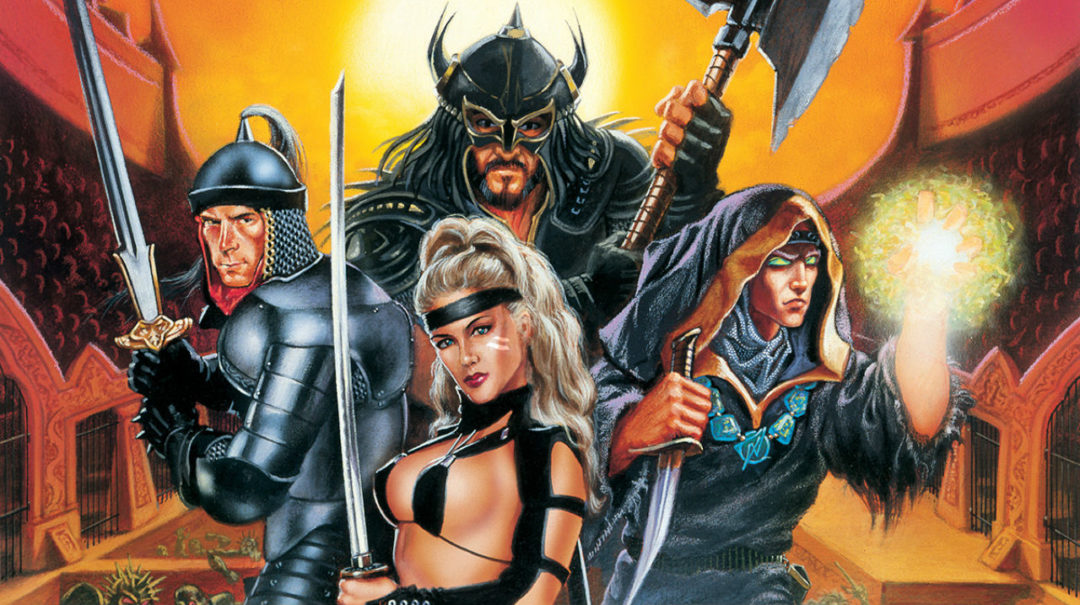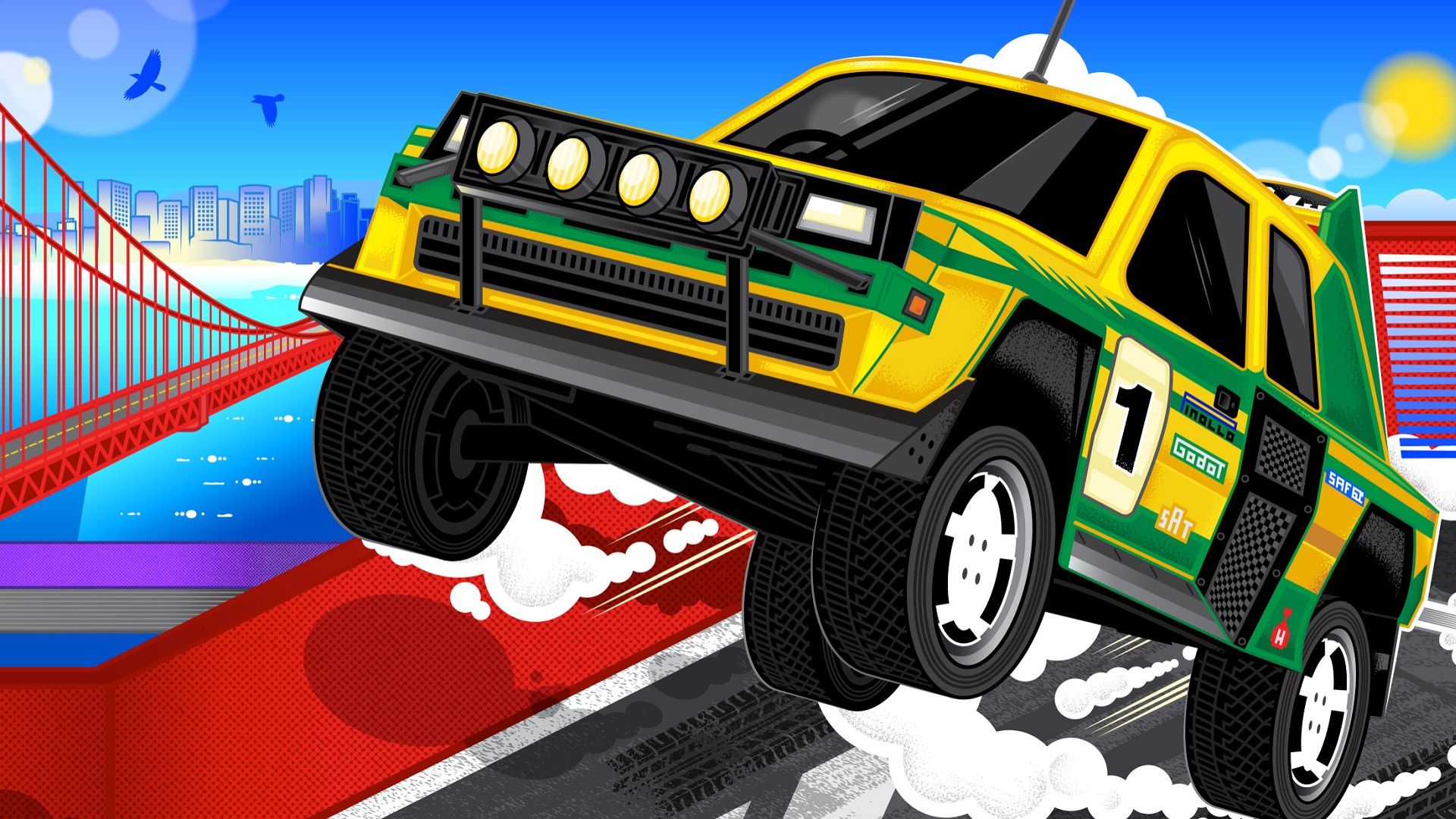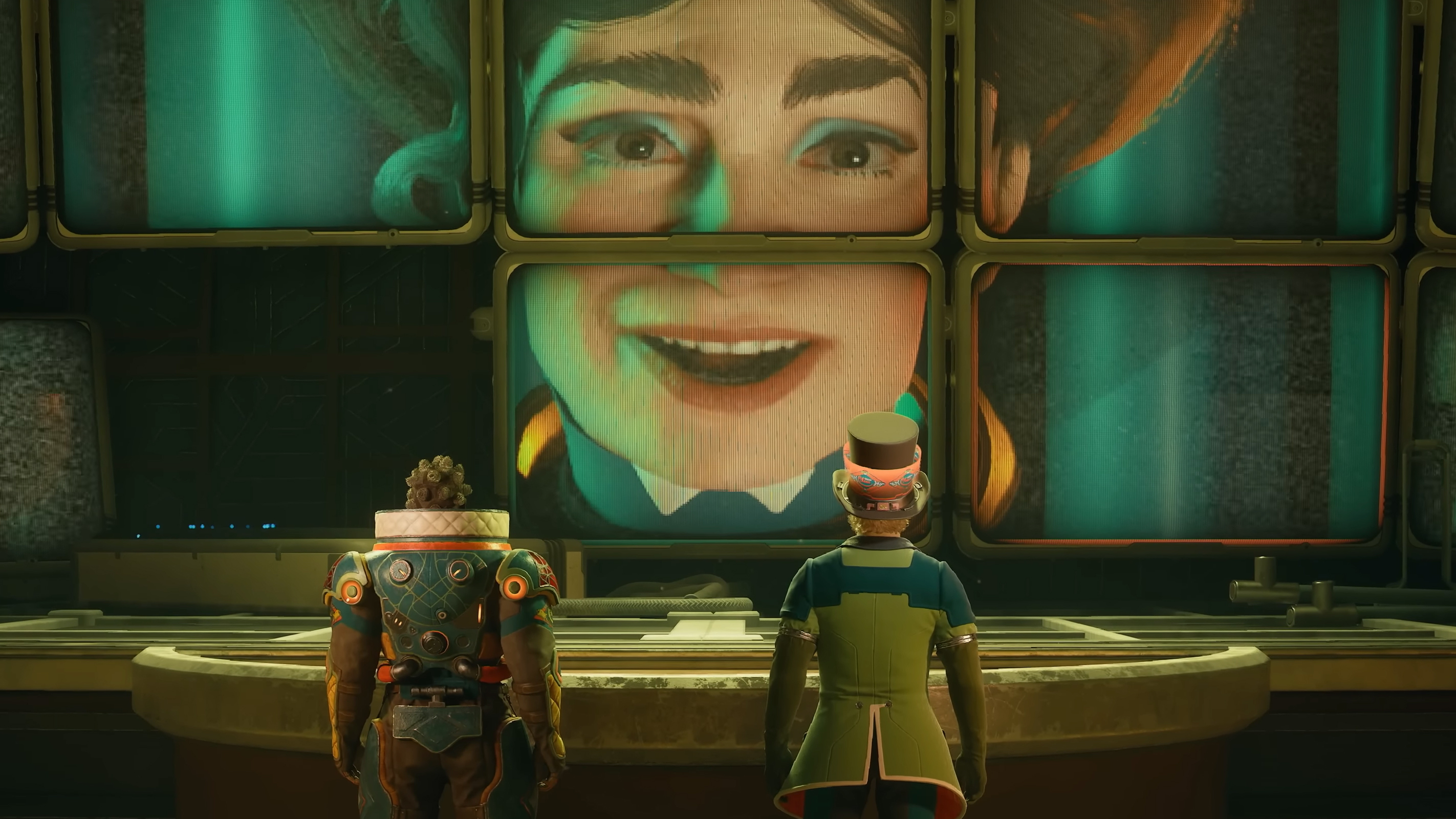
Happy birthday, Tamriel.
The Elder Scrolls turns 30 this year, having begun with The Elder Scrolls: Arena in 1994. According to Bethesda it was released on March 25 of that year, though players in some parts of the world seem to have had it earlier—in a user review posted to a newsgroup a few weeks earlier, a player named Doug says, “the sheer size of the land awes me.” He then goes on to suggest making a boot disk to deal with memory errors, because that’s what PC gaming in 1994 was like.
That “sheer size” of Arena impressed a lot of players. Even its creators downplayed the originality of their creation in favor of emphasizing its scope, with designer Ted Peterson saying, in an interview with Planet Elder Scrolls, “Our experience system was straight out of Dungeons and Dragons and the Goldbox games from SSI—kill the monster and get experience points. Between the influences of Ultima Underworld and Legends of Valour, we weren’t doing anything too new. We just did it bigger. Much, much bigger.”
The size of Arena caused problems, like the journal only being able to remember 16 entries and wiping old ones if you accepted quests after that—it could only hold around 2,000 bytes of data. But making the world that big helped support the illusion you could go anywhere and do anything, which would become an essential part of modern open world RPGs. While Peterson was humble enough to point to Arena’s predecessors, both it and the Elder Scrolls games to follow would in turn become a gigantic influence on the videogames that followed them.
To celebrate the 30th anniversary, we’ve republished our original reviews, collected some of our favorite features on the series, and ranked all five of the mainline Elder Scrolls games.
Reviews
(Image credit: Bethesda)
The Elder Scrolls: Arena (1994), reviewed by Andy Butcher
“You can sneak around cities at night, break into people’s houses (and then avoid the City Guard), sell your services to local rulers (and undertake missions and quests for them), or just wander around the place, discovering forgotten tombs and crumbling ruins.”
The Elder Scrolls 2: Daggerfall (1996), reviewed by James Flynn
“It’s not quite as structure-less as Elite, but almost. At the start of the game you find yourself sitting in a dungeon and, you reason, Priority One must be escape. So, after duly hacking your way around dark corridors and large caverns for a few hours, the exit leaps out from a wall, and you emerge into the shining daylight.”
(Image credit: Bethesda)
The Elder Scrolls 3: Morrowind (2002), reviewed by Ross Atherton
“We’re used to RPGs demanding weeks of play and immense patience, but the Elder Scrolls series has always aimed to offer particularly huge and complex worlds. Morrowind takes this to a new extreme.”
The Elder Scrolls 4: Oblivion (2006), reviewed by Tom Francis
“The point of that freedom is not just to give you options, it’s that once you’ve become the most accomplished thief in the realm, you can then start life as an assassin, or a fighter, or finally get round to saving the world. Your character’s life becomes a unique story, eventually an epic. Don’t let the back of the box—or me—tell you what the plot of Oblivion is. We don’t know what you’re going to do.”
The Elder Scrolls 5: Skyrim (2011), reviewed by Tom Francis
“The dragons don’t show up until you do the first few steps of the game’s main quest, so it’s up to you whether you want them terrorising the world as you wander around. A world where you can crest a mountain to find a 40-foot flying lizard spitting jets of ice at the village below is a much more interesting one to be in.”
Features
(Image credit: Bethesda / MechanicalRat)
The Elder Strolls
“I won’t be looting ghoul-infested crypts or rampaging through bandit-occupied forts, I won’t be helping citizens with their various problems and quests, and I certainly won’t be awakening any dragons. My name is Nordrick. I’m not a hero, I’m an NPC, and I’m here not to play Skyrim, but to live in it.”
The evolution of The Elder Scrolls
“It feels like Bethesda pays attention to the things people complain about and use mods to fix, though the company rarely gets credit for it. It’s especially noticeable when you put all five central games in the series—ignoring the spin-offs—side by side to see how they’ve evolved, and how different they are.”
The battle to control what’s fact and fiction in The Elder Scrolls’ lore
“This is not how it works with other games, which may give players choices, but ultimately decide on one ‘true’ outcome for the sake of lore and sequels. But when it comes to lore, The Elder Scrolls isn’t like other games.”
(Image credit: Bethesda)
Finding the ugliest NPC in The Elder Scrolls 4: Oblivion
“He has a weird, tiny fish-mouth that’s too far from his giant nose, and no chin despite an expansive upper-head area. When he speaks his whole face stretches weirdly like it’s made of fleshy salt-water taffy.”
An Illusionist in Skyrim
“I can’t wear any armour, hold any weapons, cast any non-Illusion spells, or ever attack anyone directly—not even with a punch. Yes. This is an excellent idea.”
Why modders won’t let Morrowind slide into oblivion
“For some of those players, Morrowind made such an impression that they never wanted to leave at all. Those fans have spent the past years painstakingly updating Morrowind, brick by brick, texture by texture, into Bethesda’s more modern engines.”
(Image credit: Bethesda)
Skyrim: Week of Madness
“What happens when we blindly, randomly install over 200 mods into Skyrim? Pure insanity.”
The Elder Scrolls, ranked
“Silly me, I thought this was a ranking of those prophetic texts beyond the contemplation of mortal minds. I’ve been struck temporarily blind and permanently mad for daring to gaze on them, when I could have just told you whether Morrowind is better than Skyrim and called it a day.”
Remembering Skyrim: Our fondest and funniest memories of the legendary RPG
“I once read all five The Real Barenziah in-game books out loud to my friends. Even inside the fantasy game I won’t stop reading fantasy novels.”
(Image credit: Bethesda)
Looking back at the art of the best Elder Scrolls expansion, The Shivering Isles
“A typical job for the court of madness might involve gathering hallucinogens from giant insects to make a delirious poison or taking over a dungeon so you can be the one tormenting adventurers for once. Meanwhile, the landscapes are a mix of murky swampland full of frog-people and psychedelic mushroom forests straight out of Alice in Wonderland.”
Every Bethesda RPG prologue, ranked from worst to best
“And, since Oblivion, we expect a prologue that includes a bit where you step out of a dark area into a well-lit area and see a world of opportunities and diversions placed in front of you like a cheese platter—only there’s a ruin you might want to explore and a settlement full of sidequests instead of some brie and a sharp cheddar.”
How ESO’s laziest player accidentally started a wholesome cult
“One particular player, a splotchy black and white Argonian, does the most useless thing a person could be doing at the heart of a lively MMO hub. His name is Sleeps-On-Bridges, and he logs on every night to do exactly that.”
(Image credit: Bethesda)
How to have the best Daggerfall experience today
“Thanks to the herculean efforts of independent developer Gavin ‘Interkarma’ Clayton, Daggerfall has been fully reverse-engineered and ported to the Unity engine.”
Major events in the Elder Scrolls timeline
“The timeline of the Elder Scrolls universe is divided into four ages—except there are also two ages before those, and one of them is entirely non-linear and yet somehow manages to contain a sequence of events in which supernatural beings come to existence from nothing.”



